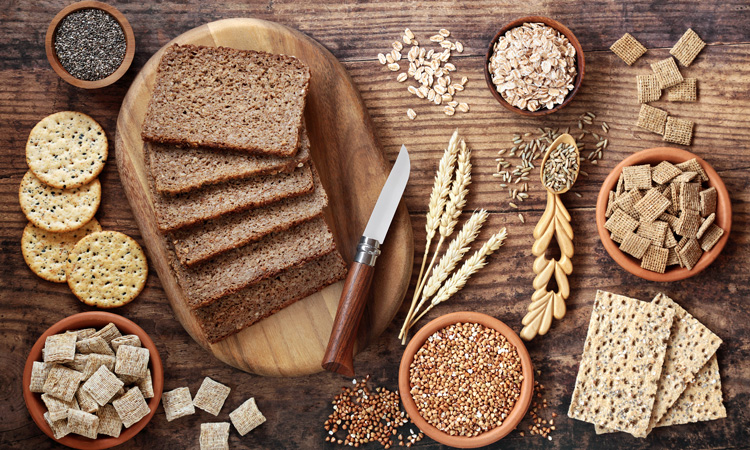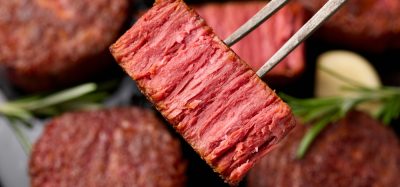Whole grain labels are “misleading and deceptive,” study finds
- Like
- Digg
- Del
- Tumblr
- VKontakte
- Buffer
- Love This
- Odnoklassniki
- Meneame
- Blogger
- Amazon
- Yahoo Mail
- Gmail
- AOL
- Newsvine
- HackerNews
- Evernote
- MySpace
- Mail.ru
- Viadeo
- Line
- Comments
- Yummly
- SMS
- Viber
- Telegram
- Subscribe
- Skype
- Facebook Messenger
- Kakao
- LiveJournal
- Yammer
- Edgar
- Fintel
- Mix
- Instapaper
- Copy Link
Posted: 11 August 2020 | Sam Mehmet (New Food) | No comments yet
The study researchers say that their results provide legal evidence for proposed changes in whole grain labelling regulations.


Whole grain labels on cereal, bread, crackers and other bakery products are confusing to consumers and could cause them to make fewer healthy choices, according to the results of a study that tested whether people are able pick out the healthier optiond based on food package labels.
The study, led by researchers at the Gerald J. and Dorothy R. Friedman School of Nutrition Science and Policy at Tufts University and New York University School of Global Public Health, suggested that the findings could help lead to improvements in food labelling.
A pool of 1,030 US adults, representative of the population, responded to a survey with photos of both hypothetical and real products. The photos showed the products, with various whole grain labels on the front of the package, along with the nutrition facts label and ingredients list for each product. Participants were asked to identify the healthier option (for the hypothetical products) or assess the whole grain content (for the real products).
The packages on the hypothetical products either had no front-of-package label or were marked with “multigrain,” “made with whole grains,” or a stamp. The packages on the real products displayed the actual product markings, including “multigrain,” “honey wheat,” and “12 grain.”
- For the hypothetical products, 29-47 percent of respondents answered incorrectly (specifically, 31 percent incorrectly for cereal, 29-37 percent for crackers, 47 percent for bread)
- For real products that were not mostly composed of whole grains, 43-51 percent of respondents overstated the whole grain content (specifically, 41 percent overstated for multigrain crackers, 43 percent for honey wheat bread, and 51 percent for 12-grain bread). Consumers more accurately stated the whole grain content for an oat cereal product that really was mostly composed of whole grain.
“Our study results show that many consumers cannot correctly identify the amount of whole grains or select a healthier product. Manufacturers have many ways to persuade you that a product has whole grain even if it does not. They can tell you it’s multigrain or they can colour it brown, but those signals do not really indicate the whole grain content,” said first author Parke Wilde, a food economist and professor at the Friedman School.
The study goal was to assess whether consumer misunderstanding of the labels meets a legal standard for enhanced US labelling requirements for whole grain products. The legal standard relates to deceptive advertising, and evidence that the labels are actually misleading – or likely to mislead – consumers can bolster support for regulations.
“With the results of this study, we have a strong legal argument that whole grain labels are misleading in fact. I would say when it comes to deceptive labels, ‘whole grain’ claims are among the worst. Even people with advanced degrees cannot figure out how much whole grain is in these products,” said co-author Jennifer L. Pomeranz, assistant professor of public health policy and management at NYU School of Global Public Health.
The authors found that consumers who were younger, had less education, were Black or African American, or reported having difficulty understanding food labels, were more likely to answer incorrectly in the test involving hypothetical products.
“A large chunk of Americans’ daily calories – 42 percent – comes from low quality carbohydrates. Consuming more whole grains can help change that, but the policy challenge is to provide consumers with clear labels in order to make those healthier choices,” said co-senior author Fang Fang Zhang, nutrition epidemiologist at the Friedman School.
Related topics
Health & Nutrition, Packaging & Labelling, Regulation & Legislation, Research & development









